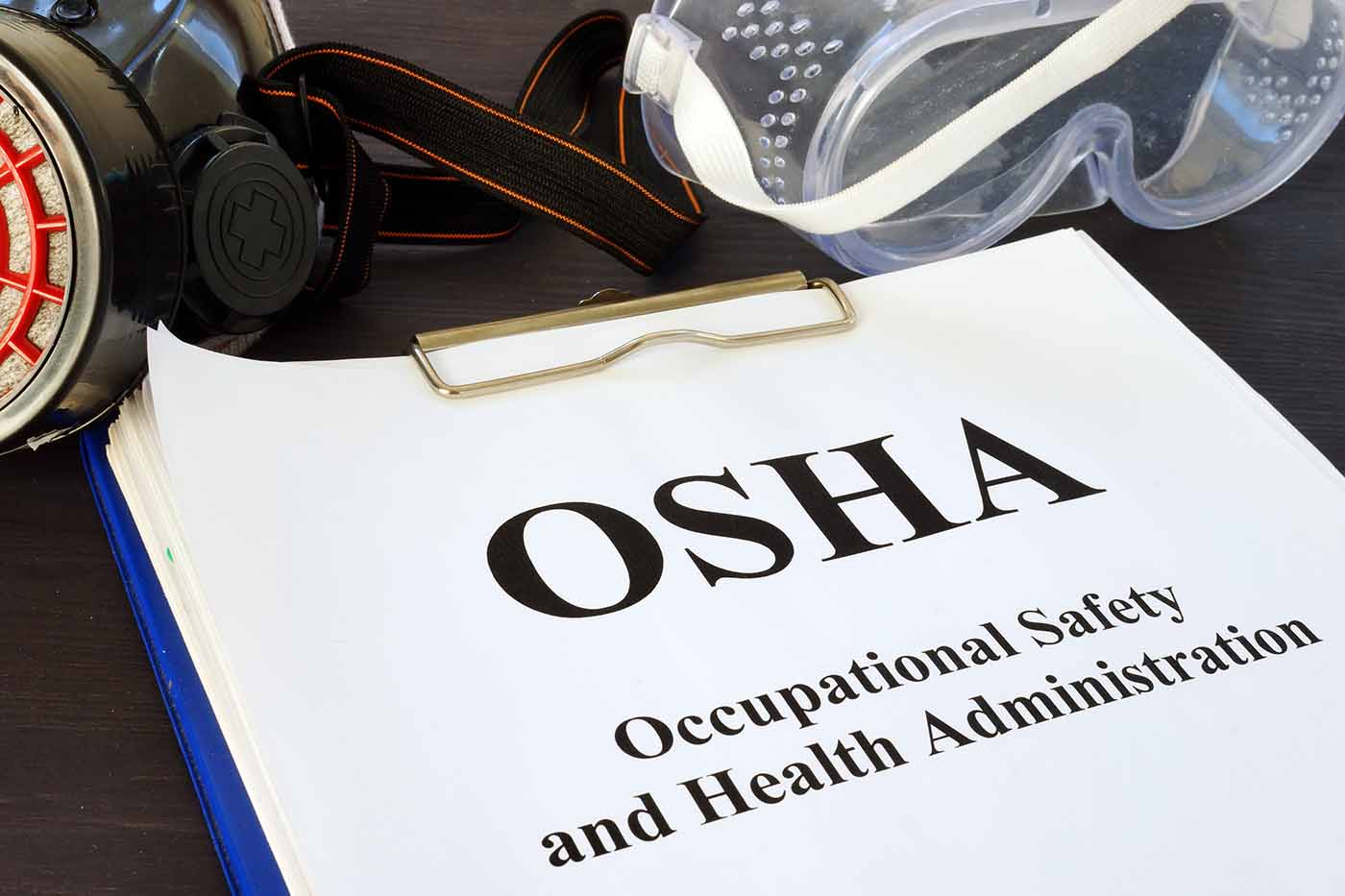Serving as a division of the U.S. Department of Labor, the Occupational Safety and Health Administration (OSHA) oversees all things HVAC. Covering areas from electrical standards to respiratory protection, here’s what contractors need to know about following OSHA regulations.
The OSH Act of 1970

In 1970, then President Richard Nixon signed into law the Occupational Safety and Health Act. This ultimately gave the Federal Government the authority to enforce rigorous safety standards in the workplace. This served as an important piece of legislature, especially at a time when the byproducts of the industrial revolution fully set in in the workforce.
With skilled trades like HVAC eventually rising to the forefront, the pressing need for a governing body of safety quickly became a necessity. Thus, the Occupational Safety and Health Administration was born.
Understanding Your Rights
OSHA regulations dictate that employees must have a safe place to work. This covers everything from tools/safety equipment provided by employers, machines used for the job, being protected from hazardous spills, working in confined spaces, and receiving respiratory assistance. Furthermore, employers are required to provide health and safety training in languages understandable to the employee.
Moreover, RSI notes that HVAC-specific situations like handling refrigerant, rooftop jobs, and wiring/electricity work are all under OSHA’s watch.
Most of all, workers can voice concerns about inherent workplace dangers without fear of retaliation, as OSHA notes on their website. The site also mentions that most private sector employees are covered by OSHA — usually through federal or statewide regulations, depending where you are.
Do Self-Employed Contractors Have to Follow OSHA Regulations?
If you’re a self-employed contractor and you’re wondering if you have to follow OSHA regulations, the answer is no.
According to RSI, any contractor truly self-employed (not working for or affiliated with any company) and doesn’t have employees under them are not required to adhere to OSHA regulations. Employees of an organization, however, are to adhere to OSHA regulations.
New York State Regulations
New York operates under a unique set of OSHA regulations. The New York Public Employee Safety and Health Bureau (PESH), which is operated under the New York Department of Labor, does not cover federal government officials, but rather state and local officials — alongside private sector employees (as previously discussed). Spearheaded by a Commissioner, OSHA notes…
“… [The] Commissioner has the authority to develop alternative and/or state-initiated standards to protect the safety and health of state and local government workers in New York in consultation with the Hazard Abatement Board. The procedures for adoption of alternative standards contain criteria for consideration of expert technical advice and allow interested persons to request development of any standard and to participate in any hearing for the development or modification of standards.”
PESH standards include workplace violence prevention and permissible exposure limits. They also have their own system for reporting on-site injuries and illnesses.
Safety at XTRAIRE
At XTRAIRE, we pride ourselves with our commitment to safety. With experienced technicians at the helm, our workers are ready, willing, and able to provide you with the HVAC treatment you deserve. To learn more about our work, please visit our website and get in touch with us for more!
